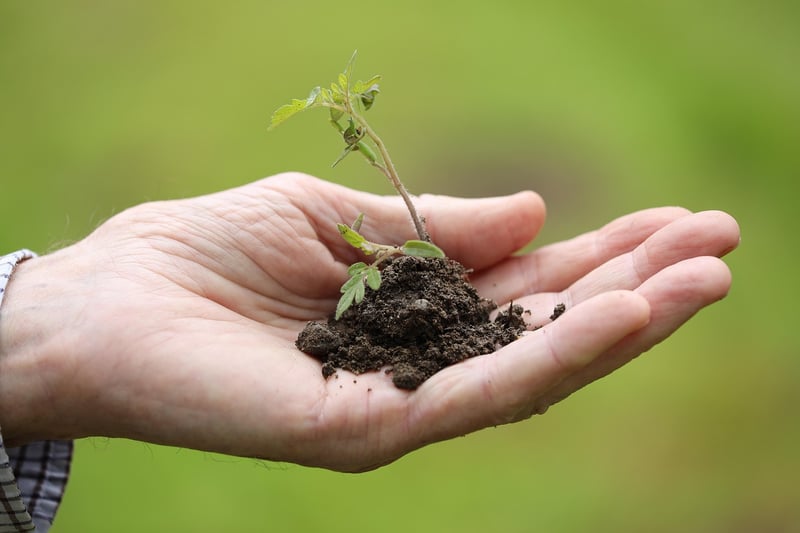Spring Planting
Adapting to Weather Changes for Successful Spring Planting

As the seasons transition and the weather starts to warm up, it's time to prepare for spring planting. However, unpredictable weather patterns can pose challenges for gardeners and farmers alike. Adapting to these weather changes is crucial for a successful planting season.
Understanding Weather Patterns
Before diving into spring planting, it's essential to understand the local weather patterns in your area. Keep an eye on forecasts, temperature trends, and any potential late frosts that could affect your plants.
Soil Preparation
Ensure your soil is ready for planting by testing its pH levels and nutrient content. Amend the soil as needed to provide the best growing environment for your plants. Proper soil preparation can help plants establish strong roots and thrive despite weather fluctuations.
Choosing the Right Plants
Select plants that are well-suited to your climate and weather conditions. Consider planting native species or varieties that are known to be resilient against sudden temperature changes or excessive rainfall.
Protecting Your Plants
Be prepared to protect your plants from unexpected cold snaps or heavy rains. Have frost cloths, row covers, or a temporary greenhouse on hand to shield your plants from adverse weather conditions.
Watering Wisely
Monitor the moisture levels in your soil regularly and adjust your watering schedule accordingly. Overwatering or underwatering can stress plants, making them more susceptible to weather-related issues.
Conclusion
By understanding local weather patterns, preparing your soil, choosing the right plants, and taking proactive measures to protect them, you can adapt to weather changes and set the stage for a successful spring planting season. Stay informed, stay prepared, and watch your garden flourish!
Happy planting!
